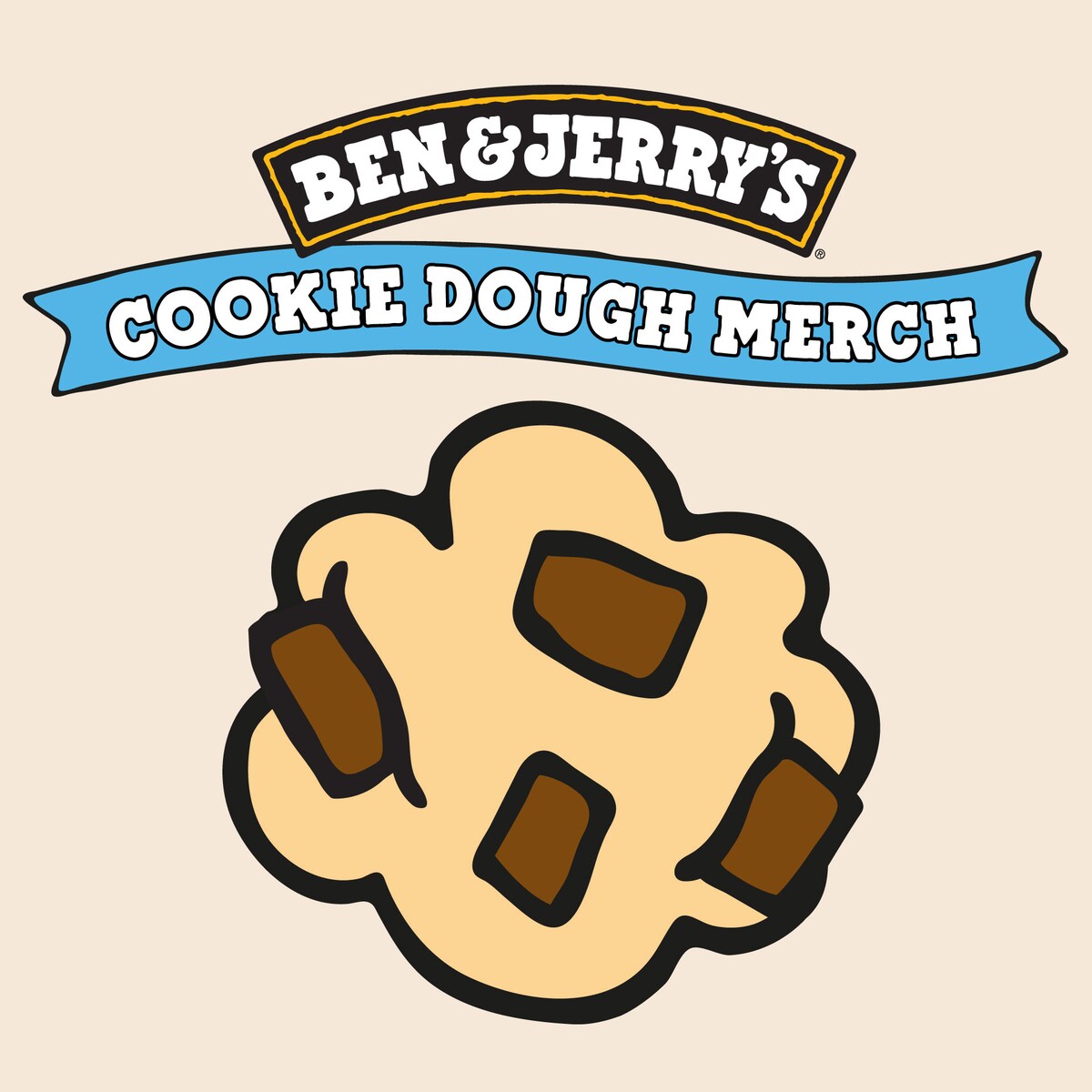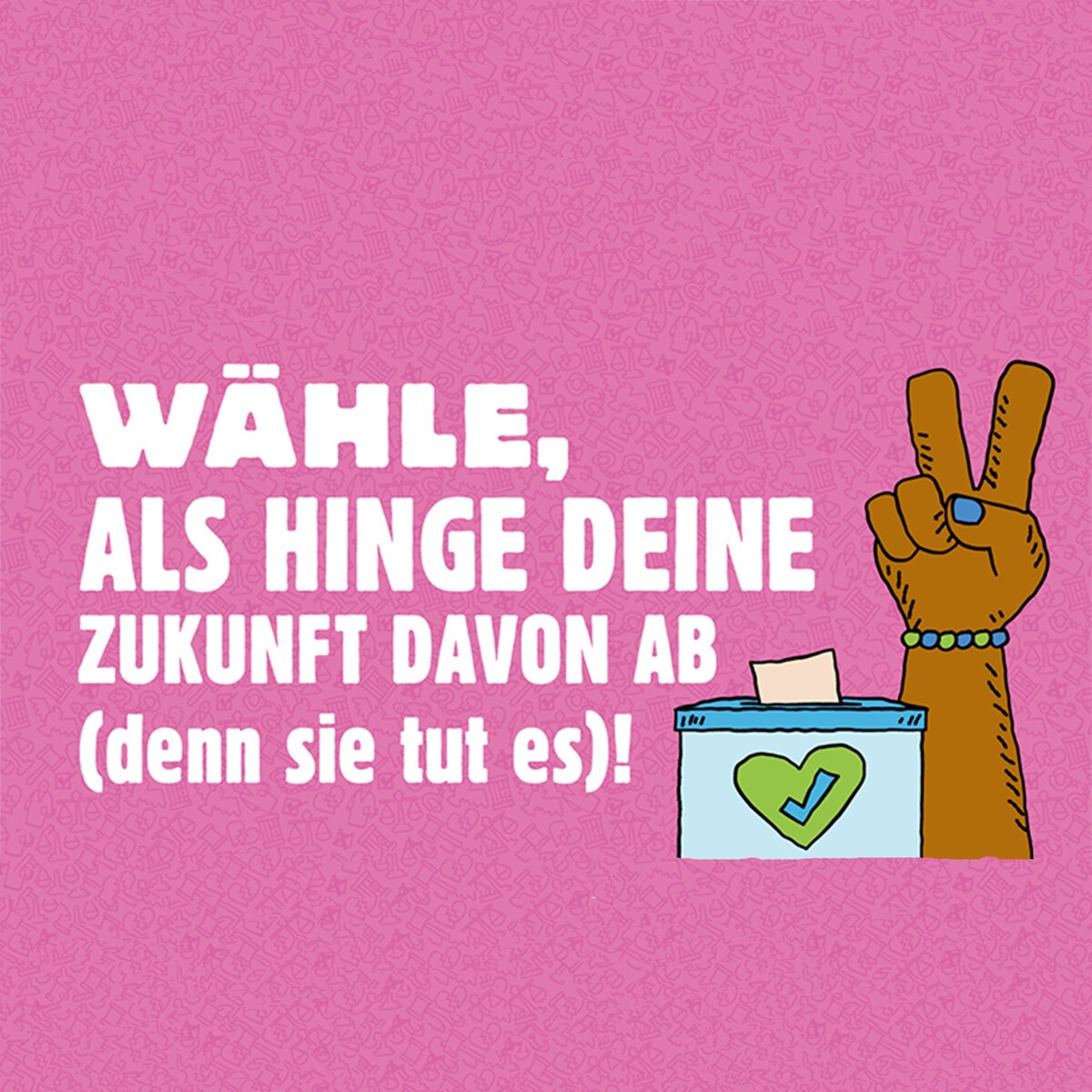The Art of Change the Whirled:
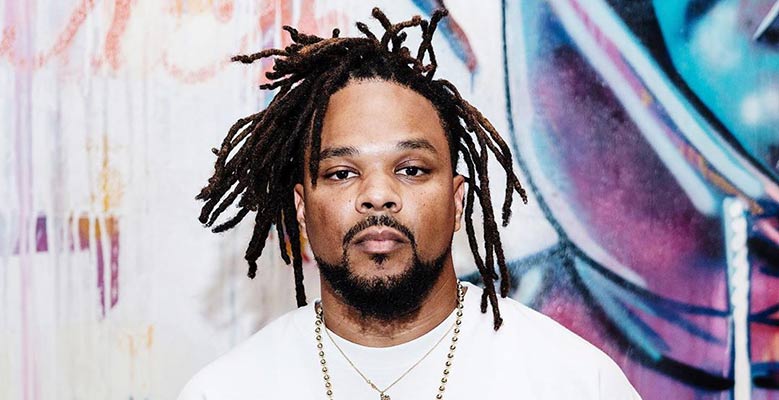
Brandan “BMike” Odums is a New Orleans-based artist, speaker, and activist who uses his art and his voice to reflect and amplify the beauty and strength of Black people. He is a public artist engaged in a deeply thoughtful dialog with the communities where he shows his work. He is an educator happy that he can help students who visit his Studio BE gallery better understand Black history. He is a collaborator who works with other artists, activists, athletes, and brands to inspire and strengthen the movement for racial justice and equity.
BMike, we’re proud to say, is also the artist who designed the amazing new tub for Change the Whirled, the new non-dairy flavour we just launched with Colin Kaepernick. Talking to him about art, activism, and joy was a true pleasure. We hope you enjoy it.
When did you first realise that you wanted to be an artist?
I’m from New Orleans. I'm still based in New Orleans. And that's a huge part of my language as an artist, what this city has taught me, a city that's so rich in culture, rich in tradition.
I went to a high school here called NOCCA, New Orleans Center of Creative Arts. I went for visual arts, but when I graduated, I was like, "I'm not doing art anymore." "I'm done." I felt I checked it off my list. So I went to college for filmmaking, and while I was trying to work my way up to direct, I started to do music videos in New Orleans. This was eight years post-Katrina and space was extremely political. The areas of New Orleans that were forgotten, they still looked like the storm had just hit. One common thread in those spaces was graffiti. Art had somehow taken over these spaces.
That just immediately attracted me. It broke all the rules of why I thought art was supposed to be created. And it really became this thing about communication. This thing about just transforming the space. Imitation is the highest form of flattery, I guess, so I started to go back in these spaces, not with my cameras, but with spray paint, trying to add my voice to the walls. And what I felt, upon finding my voice, was a responsibility to speak to the community. I found myself painting portraits of people in Black history and portraits of important people in New Orleans. Because for me it was about communicating to the people who are going to walk by this wall and sending them a message that somehow would help them see beyond where they are.
How did the community respond?
When I was painting in those abandoned spaces, they no longer reminded people of neglect—that space became something new. It wasn't a permanent fix, but I saw how it transformed the hope in the community, to go from seeing an abandoned apartment to seeing a canvas with a portrait of Dr. King and Coretta. It transformed the way the community engaged. And so for me, that was a lesson about the power and the value that art has, the responsibility, if you will, that art has to the public.
Did seeing that response change your approach to making art?
For me, I did a lot of listening. I didn't own these walls. These walls belonged to the community. So it was an opportunity to say, "OK, what is the community saying?” People at that time, post-Katrina, felt like they were being erased. And in some way, the art was allowing them to say, “You can’t erase us. We’re here. This is who we are. This is why we're beautiful.”
When I'm traveling, even if I'm going to a space that I’ve never been to before, the first thing I do as an artist is to try to connect and listen, before I even envision what I'm going to paint. So that's what I learned, and that's what I'm still teaching myself.
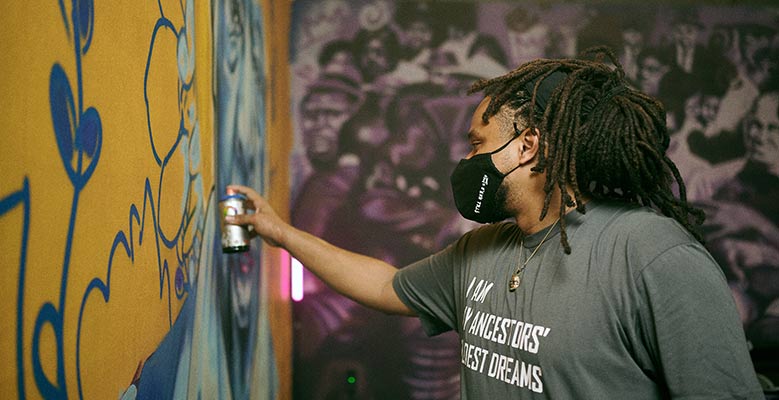
You talked about how art can transform a space. Can you relate that to creating the design for this tub? A tub container is such a typical, ordinary thing in everybody’s home—did you think about what you could do to transform it?
I always try to approach projects that I do, especially collaborations, in terms of using art to re-introduce you to something, to make you see it in a different way. With the tub, I was modeling it after this thing I do with the spray cans I use. I don't throw them away. For a while, I just kept all these empty spray cans because I felt so connected to the function of them as a tool. Throwing them away would be like me, if I were a musician, throwing away my horn after a performance.
One day I was doing a show and I was there early. I had some cans with me and I was just doodling on top of them. And then somebody walked by and he was like, "Yo, can I buy that?" Then the light bulb went off. I was like, "Oh, I know what to do with all these empty cans!" And so now with the cans, I take them and I paint on top of them, or I wrap them with a design that I created on the iPad. When I thought about the Ben & Jerry’s pint, I thought, "What would I do if this was a can?" Kap is a friend of mine, so I said—"If I was doing the can of Kap, what would I do?" And that's how it came together.
Can you talk about how you got to know Colin Kaepernick?
It was so wild, because I had a residency at NC State a few years ago, and there's this tunnel called the Free Expression Tunnel, where any student can take spray paint or posters and just put whatever they want. All the students were saying, "Before you leave, you got to add something to our tunnel." I decided it would be interesting to paint a portrait of Colin Kaepernick, just to see how the public would respond to it on campus. I did that, and then I left town the next day.
A week later I get an email. I don't know if one thing had to do with the other, but it was just serendipitous that I got an email from someone on Kap’s team that said they wanted to check out my space in New Orleans to use for Know Your Rights Camp. It ended up not working out because the space couldn’t accommodate some of their needs, but then they hit me back, "Kap really wants to come see your work. Can we arrange it?" And I'm like, "Of course." Him and Nessa and a few people from his team, they came by. I gave him a tour and throughout the tour, Nessa, his girlfriend, she was telling me, "You don't understand, I've never seen Kap like this. He's really at a loss for words. I've never seen him like this." And I was just, it was so fulfilling, because obviously I was a big fan and I understood his sacrifice and what he was communicating. I was already connected to it.
There's a big portrait of Muhammad Ali on the wall in here. And I told Kap, which is very true, that every time we do a school tour of the studio, I stop and talk about this portrait of Muhammad Ali. And then we talk about contemporary figures, and we always transition to talking about him.
From then on, it’s been a dope organic building of understanding that we both have similar goals in terms of what we want to communicate with the time we have here and the changes we want to see made. It's been really, really exciting to link up with him.
You’ve been to his Know Your Rights Camps. What was that experience like?
When I was invited to the one here in New Orleans, which was my first one, they asked me if I could bring some artwork. I brought it by that night, the day before the camp started. There was just a small team of people there, and I'm, "Yeah, we can set it up over here." Then Kap walks in and we talk and then I start talking to someone else, and when I look over their shoulder I see Kaepernick trying to set up my artwork himself! He's moving it around. And I'm thinking to myself, why is he the one doing this?
It really made me see that this is his passion. He's fully engaged with this. He was literally there all night. He was there at three in the morning when we all left. And I realised that that was the case every single time, at every camp, that this was something that he was deeply involved in. And I will never forget that.
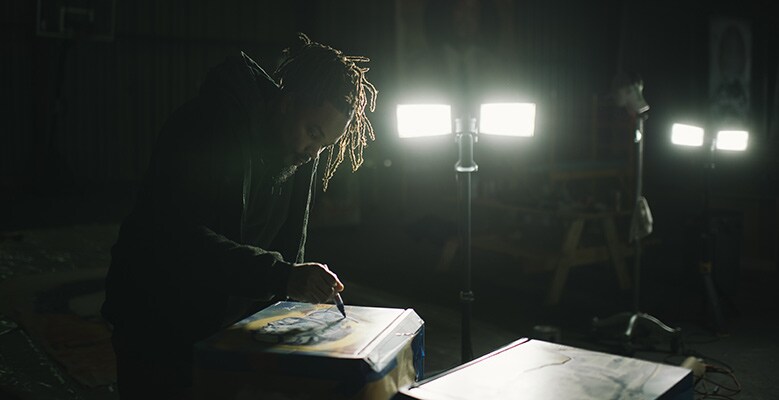
What are you most passionate about as an artist? What matters most to you?
I think, ultimately, it’s the idea of allowing people, especially young people, the agency to understand that the way things are isn’t the way they’re supposed to be. I think art allows us to redefine. And I think that’s what my work has been about, that the blueprint to tomorrow is in our imagination. And that we have the power to imagine beyond what we see, to imagine beyond the world that we exist in. We have to create a radical imagination around what the future looks like.
We just introduced a new show here at this space called Radical Freedom Dream. And the entire show is about this conversation I'm having with you. How do we allow our imagination to rethink the problems we see in front of us today? We're trying to inspire that next generation constantly through art, through creativity and imagination.
What kind of rethinking do you hope your art on this new tub might spark? It’s going to become part of people’s everyday lives.
I feel there's a responsibility that somehow if my artwork is going to exist in spaces that I might never be able to step foot in—like this tub coming into your homes—then I have to try to make sure that you're going to learn something, that you're going to hopefully allow it to help you see things differently.
Ultimately, this is a huge moment for Kaepernick. Hopefully it will bring conversations up where somebody might pick up this tub and then somebody else might be like, "Wait, why are you buying that?" And then it allows a dialogue to occur that says, "Well, I agree with everything this man has been doing," or "I disagree. Let's talk about why." And I think that's so amazing, that a conversation like that can happen via the dessert that we choose. I hope that this art can be a launching pad for these conversations. I know that Kap and his team are definitely going to use this moment to continue to educate and challenge people and spread their message and the message of Know Your Rights Camp. This is a great moment for them.
Kaepernick has talked about the importance of joy to him in the work that he's doing. Can you talk about the role of joy in your art?
It's at the core of it. Now, I don't want to get too heavy, but the artistic legacy I come from has always been about interpreting pain and turning it into something else, not allowing the pain in our experience to define what's ultimately what's being expressed through art, through literature, poetry, music, cinema. And I think that's alchemy, that's lemons into lemonade and lead into gold. I think that idea is an important part of our survival, this idea that somehow this art is going to connect us to something better, connect us to joy, connect us to hope.
I always think art has two functions. One is like Nina Simone said, "It's the artist's duty to reflect the times." But I think another thing that art does so well is allow us to see what we don't see. So not only is it just reflective of what's in front of us, but it allows us to see far beyond where we are—and that's joy, that's beauty, that's hope. So yeah, I think if this didn't bring me joy, I wouldn't do it. Sometimes it gets heavy, and it can bring despair, but as Dr. West has said, despair cannot have the last word. And that's what we try to do every day. That's what Kap does with his work. He's making sure that despair doesn't have the last word.
Learn More
